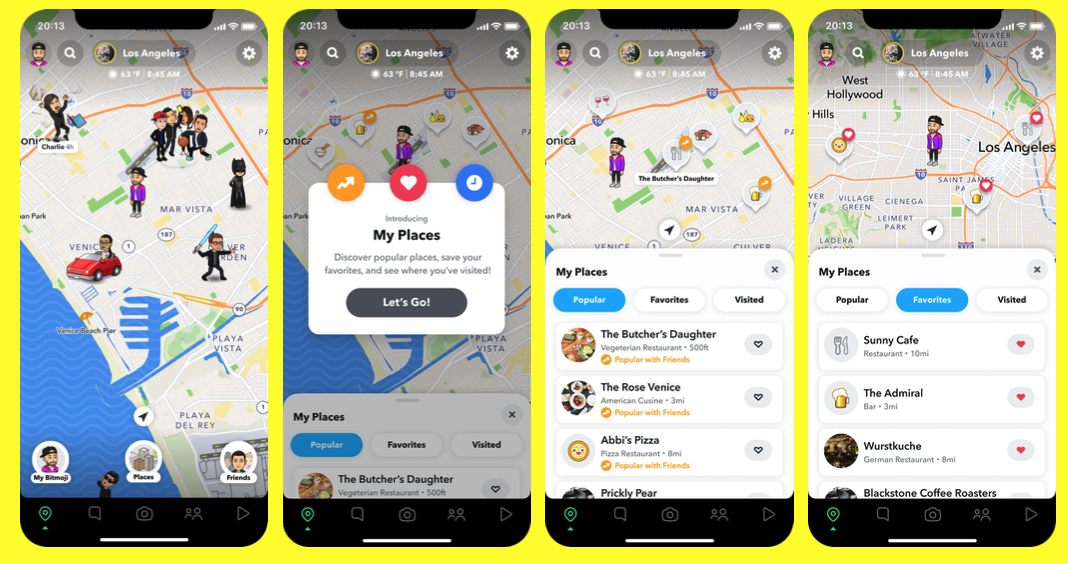The city is regularly full of Uber Eats drivers and Gorillas bikes. This often leads to dangerous and unregulated parking jams; they circle around the same block or double-park somewhere for a long time. But it does not have to be the case… Politicians and city planners can do a better job of actively managing mobility on streets and sidewalks if they embrace smart-city technology. Imagine what happens if there will be more autonomous vehicles and shared e-scooters and the current transportation and infrastructure is still lagging behind? We cannot wait any longer since we expect over 68% of the population to live in cities by 2050.
So, you probably understand why investing is important, but is now the right timing to invest in smart-city technologies? Yes, because of the covid-19 pandemic! For the previous 18 months, several cities such as New York, San Francisco, and Seattle have (partly) closed their offices, resulting in altered traffic patterns and lower public transport use, and an increase in the use of micro mobility cars.
The world is slowly starting to get back to normal, but the transportation activity is far from pre-pandemic levels. Therefore, the coming year represents a once-in-a-lifetime opportunity for city leaders to implement smart-city technology to change street usage. Simply fixing parking would already be a game-changer, since a driver spends 17 hours per year looking for a parking spot! This costs the average driver around 345 dollars in wasted time, fuel and emissions.
Why is it so hard to change? There are many different technologies, systems, and stakeholders, which makes it a huge management challenge. Ideally, there would be a digital mobility and data platform that serves as a city’s technical basis. All city mobility services would be run on a single payment processing data platform, allowing the rules, prices, and logic for servicing the parked vehicles to be dynamically managed. The platform must also be agile enough to effortlessly integrate new technologies as they emerge, being prepared for the future.
While citizens will gain the most from smart-city solutions, they will not be able to experience them until visionary city leaders move immediately and implement new technology platforms. Hopefully, they realize that NOW is the time!
References:
- https://techcrunch.com/2020/11/30/the-road-to-smart-city-infrastructure-starts-with-research/
- https://news.crunchbase.com/news/smart-city-tech-startups-transportation-keri-gohman-bain-capital-ventures/
- https://www.forbes.com/sites/forbesfinancecouncil/2020/12/03/investing-in-innovation-the-rise-of-the-smart-city/?sh=3141728d5ba6


